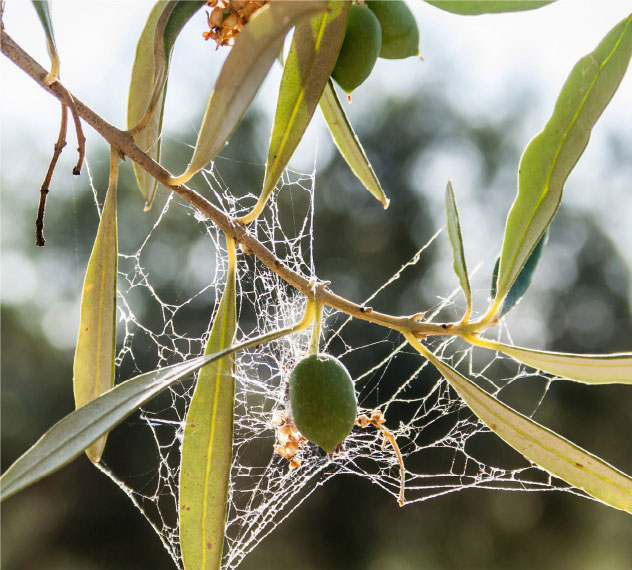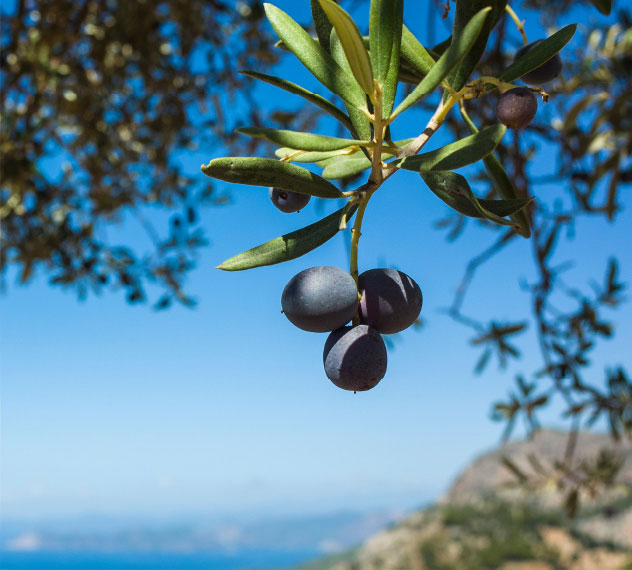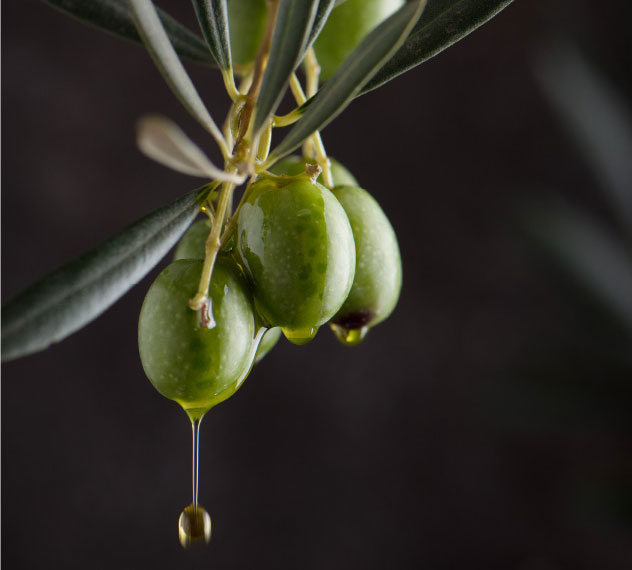Phytosanitary products
Phytosanitary products are chemicals designed to protect crops from pests, diseases and weeds that can negatively affect their growth and production.
These products are a valuable tool for farmers, as they allow them to control and prevent damage to their crops, which in turn improves the quality and quantity of production.

The use of phytosanitary products must be responsible and safe, both for crops and for the environment and human health.
For this reason, it is necessary to follow certain precautionary measures and comply with current regulations and regulations.
At AGR, we are committed to using only the most effective and safest plant protection products on the market, and to applying them in accordance with best agricultural practices.
We have a highly trained team of agricultural technicians who are responsible for evaluating the needs of each crop and determining the best solution to protect them.
Benefits of using phytosanitary products:
Pest and disease control
Phytosanitary products are effective in controlling pests and diseases that can adversely affect crop growth and production. The application of these products can help prevent yield loss and reduced food quality.


Increased production
By controlling pests and diseases, plant protection products can help increase food production, which in turn can contribute to reducing food shortages and improving food security.
Cost reduction
The use of pesticides can help reduce production costs by minimizing the need for labor and the amount of resources needed to control pests and diseases.


Improving food quality
By controlling pests and diseases, plant protection products can contribute to improving food quality by reducing physical damage and contamination.
Saving resources
The use of phytosanitary products can help save resources by reducing the amount of plants that are lost due to pests and diseases.

Application of phytosanitary products
Assessment of need:
Before applying phytosanitary products, it is necessary to have exhausted other forms of struggle such as biological, physical, cultural or biotechnical and only after assessing the real need for their use. This involves assessing the presence and level of damage caused by pests, diseases or weeds to crops through monitoring.
Product selection:
Once the need to apply phytosanitary products has been determined, it is important to select the most suitable product for the particular situation. It is important to consider factors such as the species of the crop, the type of pest or disease being treated, the climate, and the time of year. It is important to make sure that the chosen product is registered for cultivation.
Preparation of the mixture:
It is important to follow the instructions on the product to prepare the correct mixture. Chemicals should be measured and mixed with water and other additives as directed by the manufacturer.
Product Application:
The application can be done in different ways, such as spraying, application to foliage or soil, or injection into logs. It is important to follow the product instructions and apply it evenly to ensure adequate coverage.
Cleaning and disposal:
After application, it is imperative to properly clean and disinfect the equipment and tools used to prevent contamination and the spread of pests or diseases. It is also important to properly dispose of the remnants of the mixture or chemical in accordance with local regulations and standards.

